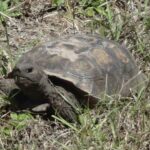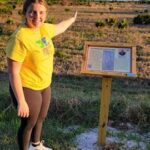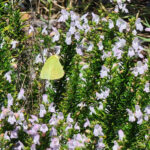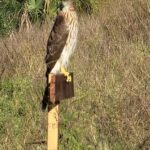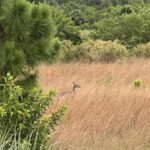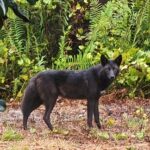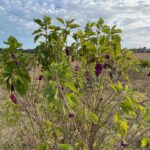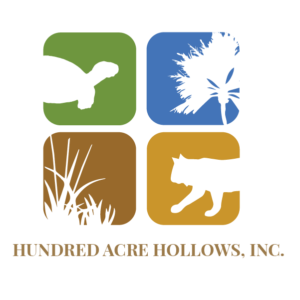Gopher tortoises are a threatened species. They are a “Keystone” species because they dig burrows in the sandy soil that provide homes for many other animals.
Hundred Acre Hollows, Inc Update August 2022
We continue our mission to protect the wildlife, restore the habitat, and engage the public! In fact, our outreach was international this summer thanks to our youth advisory Board member, […]
Why Plant Native Plants?
Native plants are suited to a given ecosystem or region due to their natural evolution with little to no human intervention. Native plants support the biodiversity in their natural region […]
Cooper’s Hawk
This is a juvenile Cooper’s Hawk, which can be seen from the brown upper feathers and streaks of brown on the under feathers. Adults have blue-gray upper feathers and dark […]
White-Tailed Deer
There are 20 subspecies of deer in North America, and Florida has three of those species. The deer in the picture above is most likely a white-tailed deer. White-tailed deer […]
Coyotes
Coyotes have become an important part of the Florida ecosystem as they create a balance by feeding on the smaller animals. Black coyotes are extremely rare as the black coloration […]
American BeautyBerry
The American beautyberry (Calliparpa americana) is a Florida native plant that does more than just look pretty. Before the berries are formed there are lilac-colored flowers on the beautyberry that […]
- 1
- 2
- 3
- …
- 9
- Next Page »
